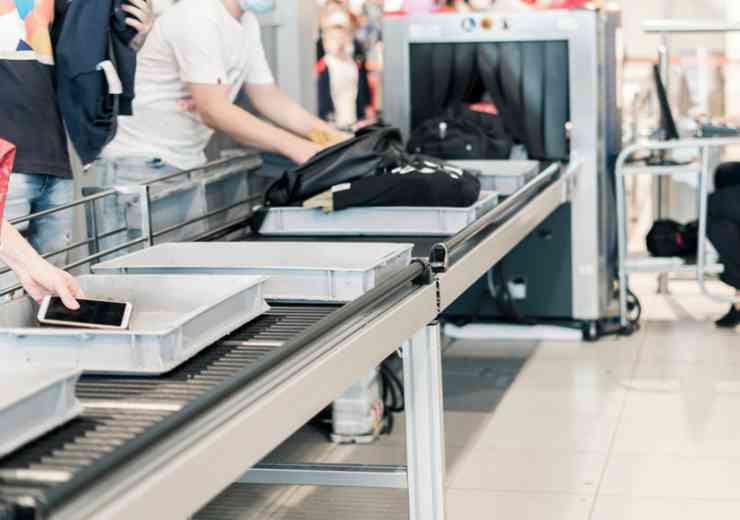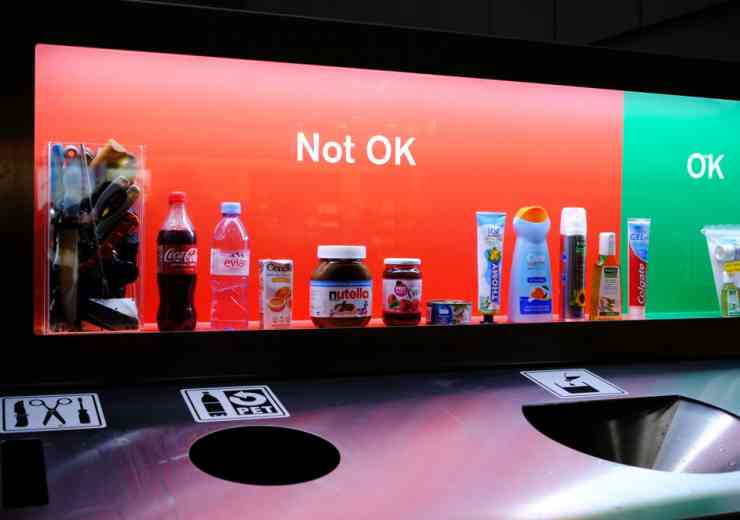Layer upon layer of security for UK ports
 Ports tend to be complex both in size and in nature, with multiple areas handling different tasks requiring robust security measures to ensure all areas are monitored. Therefore, in such widespread premises, just one security solution is not enough to guarantee effective protection for the whole area. A layered approach, implementing an array of integrated security features, is therefore the best way to provide comprehensive protection.
Ports tend to be complex both in size and in nature, with multiple areas handling different tasks requiring robust security measures to ensure all areas are monitored. Therefore, in such widespread premises, just one security solution is not enough to guarantee effective protection for the whole area. A layered approach, implementing an array of integrated security features, is therefore the best way to provide comprehensive protection.
One of the most important areas to implement security measures is considered to be the perimeter – the furthest point from the area that could potentially be in danger. An early detection of a threat out at a perimeter means that there is more time and space available for personnel to formulate the necessary responses, which could potentially prevent an intrusion all together. Additional time to react is imperative in any situation, meaning that correct measures can be taken, or in the event of a terrorist attack, for an area to be cleared completely, which, in some extreme situations, could save lives.
A physical presence of security is sometimes enough to deter an intruder from putting a property at risk. Overt obstructions like security fences, gates, or wire obtrusions can discourage a criminal from even attempting to breach the security, eliminating the risk immediately from the outset.
The benefits of a human presence
Similarly, having a human presence can also be very effective. With well-trained security guards patrolling the perimeter, intruders can be discouraged immediately. The presence of security officers can also give passengers and visitors an increased sense of security; this can be further enhanced by the placement of officers manning access points and carrying out random checks both on site and on the perimeter whilst on patrol. Generally, security officers are also the first port of call for any passengers requiring assistance or information. They are also responsible for managing technological aspects of a site’s security – such as CCTV or access control systems – and their immediate responses to an intruder detection following an alarm is fundamental.
Due to the amount of passengers passing through a port, much like an airport, passenger protection and luggage security checks are also a key part of any port security strategy. This also includes security checks conducted on all passengers before boarding boats and ships. Often, many of the staff involved in these processes, including on-board customer service crew, are contracted-out security personnel. This allows for a seamless, discreet presence and enables these checks to be carried out with limited disruption to passengers’ journey, but at the same time giving them full protection.
Covert security measures
While an obvious physical presence can be an extremely effective deterrent, covert perimeter protection can also be favourable as sometimes, intruders can find ways to overcome overt protection over time. However, covert perimeter protection means that intruders will not be aware of the security challenges that lie under the surface and will not be aware that they have raised an alarm after crossing a virtual line. Particularly effective forms of covert security are heat and motion sensors that are hidden and connected to alarm systems. Known as Unattended Ground Systems (UGS) they enable an early warning system, giving personnel ample time to respond effectively.
In terms of CCTV, some may opt for hidden surveillance cameras, like Internet Protocol (IP) cameras, which are easily concealed and relatively flexible in terms of their placement. Operators will be able to make judgments as to the more vulnerable areas of the premises and place these cameras appropriately.
Around the clock protection
Video Content Analysis (VCA) is one particular element of CCTV that is rapidly developing and has found its place in the transport sector. VCA systems have the ability to automatically analyse CCTV footage in order to generate useful information about the images that have been captured. Alerts can then be subsequently sent to security personnel if there appears to be an incident.
Theoretically, any action that can be seen and accurately defined on a video image can then be automatically identified by a VCA system. The wide scope of this kind of technology has consequently led to its employment in a range of applications including intruder detection, people counting, smoke and fire detection and camera failure or sabotage detection.
Due to the fact that the expanse of a port is so wide, security personnel could sometimes feel that they are of better use patrolling different areas, rather than closely watching a CCTV monitor. VCA can help with this, enabling staff to move to other areas while keeping a close eye on unmanned areas. The technology also has the ability to flag up incidents as soon as they have occurred, allowing for an increased response time for security personnel to reach the incident before it escalates. Some may be concerned that this type of technology could replace the valued CCTV operator, however this is not the case. VCA significantly reduces the multiple live camera viewing requirements of the operator, leaving them free to concentrate on managing real incidents one-to-one, while being safe in the knowledge that the VCA system will pick up any threats elsewhere.
VCA can be utilised in order to create virtual tripwires along existing fences or areas of a perimeter where other forms of physical security would be impossible or impractical. If a person is simply walking near a site, they are not necessarily considered a threat and a great amount of attention does not need to be paid to them. However, if that person then crosses the tripwire into a secure area, an alert can be raised. The VCA draws attention to the cause of the alarm, often by highlighting it in a red box, and an operator can quickly assess the nature of the alarm. VCA tends to be more resistant to false alarms.
Further information
www.bsia.co.uk
















